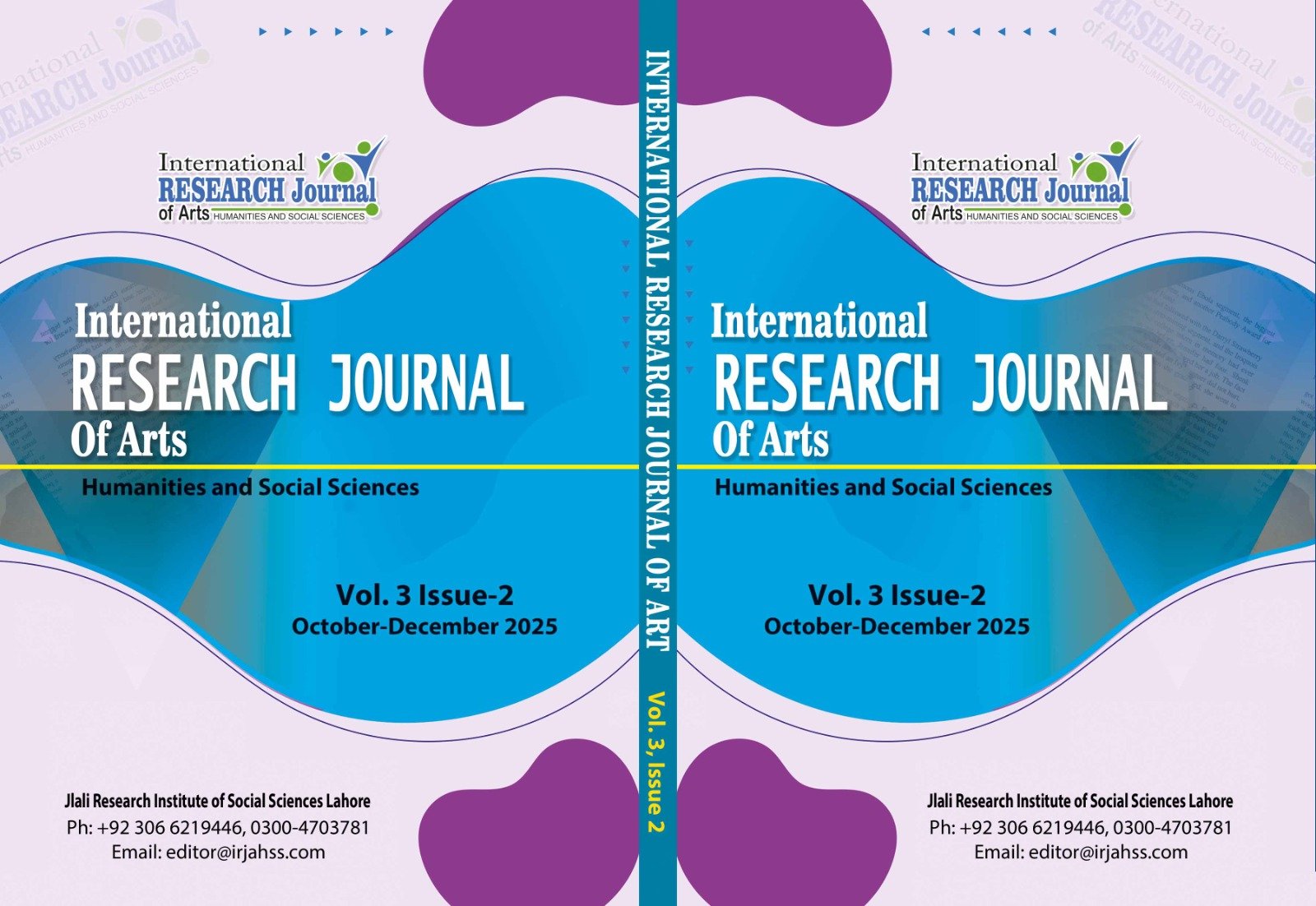The Strategic Use of Translation in Cross-Cultural Marketing Campaigns
DOI:
https://doi.org/10.3456/r3peze67Keywords:
Adaptation, Cross-Cultural, Localization, Marketing, Skopos Theory, Transcreation, TranslationAbstract
This research explores the use of translation in the advertisements of different global brands by unravelling the connection between language, cultural sensitivity, mechanisms of adaptation and impact that brand names apply in promoting the advertising communication through the international markets. It uses the Skopos Theory and compares various advertisement techniques used by five global brands, namely Pepsi, Lays, Sprite, Walls, and OPPO. These techniques include literal translation, adaptation and localization as well as transcreation. The analysis therefore compares global versus locally adjusted campaigns with the aim of analyzing the effectiveness of individual strategy to maintain the identity of the brand, and at the same time make them culturally relevant. The literary translations still maintain the literal meaning but they do not have the emotional impact. Contrary to it, transcreated and adapted versions can create a stronger cultural sense. This study investigates multi-dimensional and strategic translation in which linguistic, semiotic factors and cultural dimensions are taken into account. It sheds light on the dynamics of translation, as it appears in both the expression and the creation of engaging world stories that will be well placed in spreading the word across linguistic and cultural boundaries.
Downloads
Downloads
Published
Issue
Section
License
Copyright (c) 2025 International Research Journal of Arts, Humanities and Social Sciences

This work is licensed under a Creative Commons Attribution 4.0 International License.
Disclaimer: The International Research Journal of Arts, Humanities and Social Sciences (IRJAHSS) upholds the principles of open access, ensuring unrestricted access to scholarly content to foster the sharing and advancement of knowledge. The opinions expressed in the articles solely belong to the authors and do not necessarily reflect the views or policies of the journal's editorial team, editorial board, advisory board or research institute.






